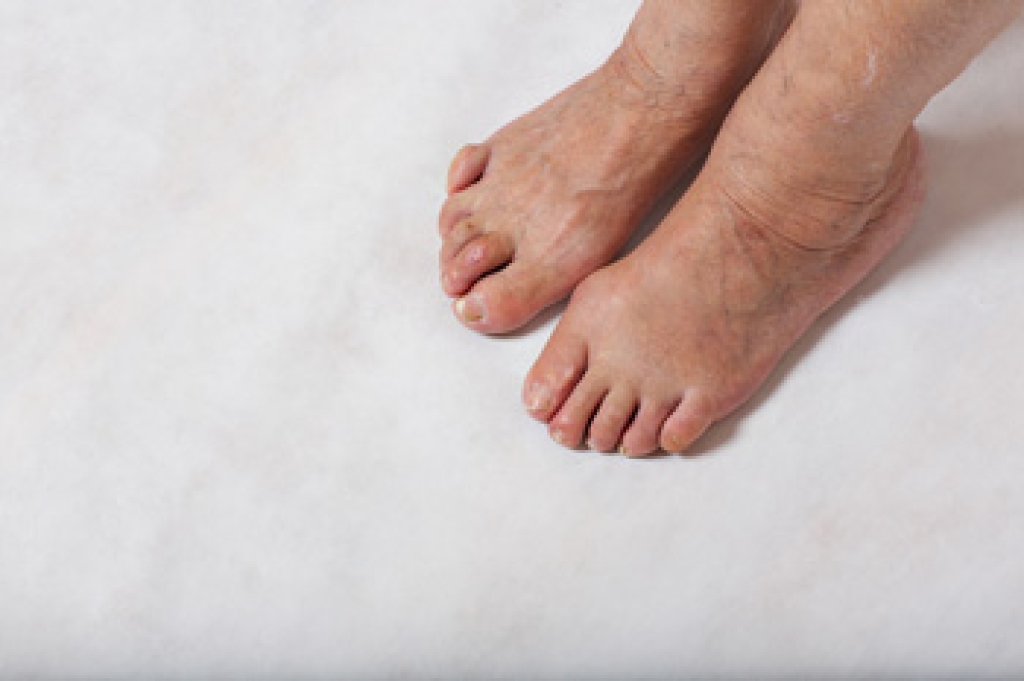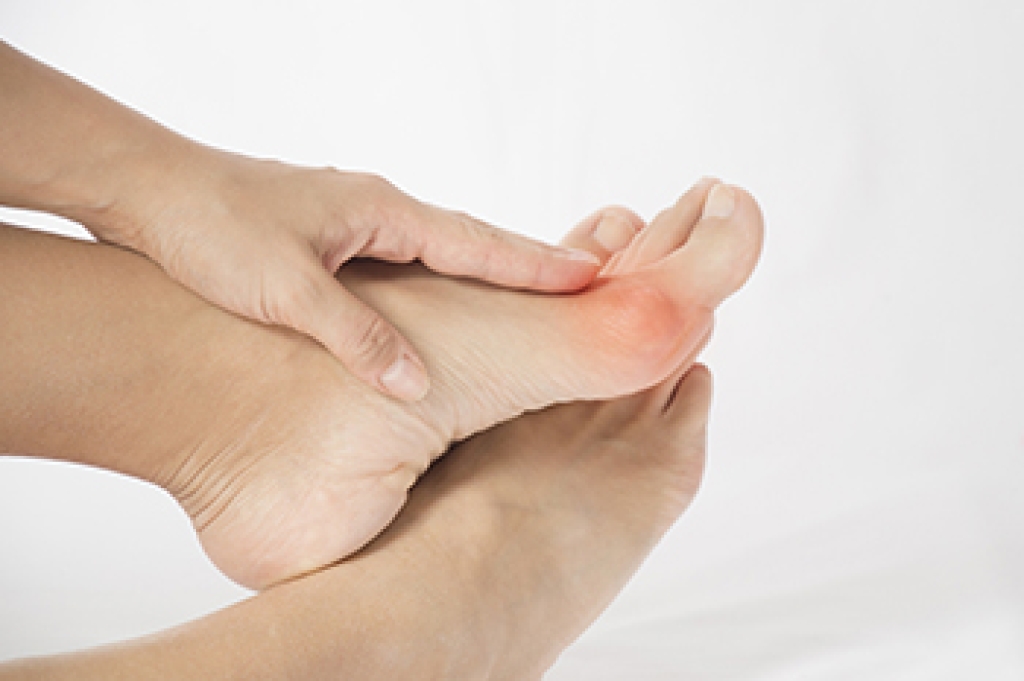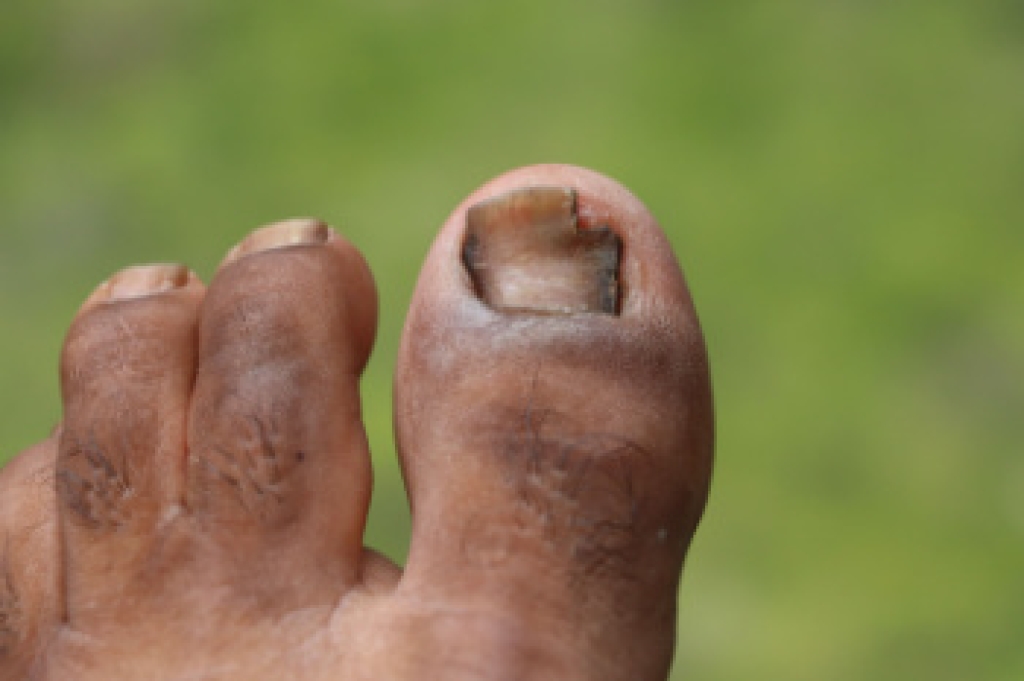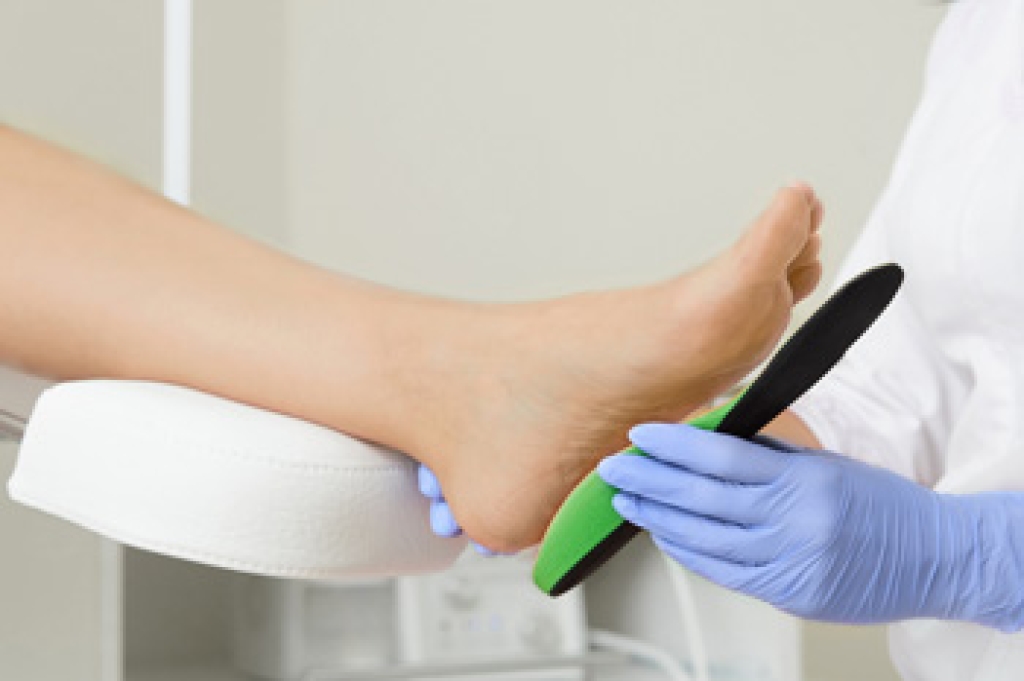
When your toes start to curl downward instead of lying flat, it may signal more than a minor irritation. Conditions such as hammertoe, mallet toe, and claw toe develop when imbalances in the muscles and tendons cause the toe joints to bend in unnatural ways. Hammertoe typically affects the middle joint, mallet toe the tip, and claw toe causes all joints to curl, often digging into the sole of the foot. These deformities can begin as mild stiffness or shoe discomfort, but may progress to painful, rigid joints if untreated. Wearing tight footwear, past injuries, or inherited foot shapes often contribute. A podiatrist can recommend wider shoes, stretching, pads, or custom orthotics to reduce pressure and improve alignment. For more advanced cases, minor surgery may be needed to straighten the toes. Early treatment keeps your steps comfortable and your toes flexible. It is suggested that you pay attention to early signs of crooked toes, and if problems arise, seek treatment from a podiatrist.
Hammertoe
Hammertoes can be a painful condition to live with. For more information, contact one of our podiatrists from Graff Foot, Ankle and Wound Care. Our doctors will answer any of your foot- and ankle-related questions.
Hammertoe is a foot deformity that affects the joints of the second, third, fourth, or fifth toes of your feet. It is a painful foot condition in which these toes curl and arch up, which can often lead to pain when wearing footwear.
Symptoms
- Pain in the affected toes
- Development of corns or calluses due to friction
- Inflammation
- Redness
- Contracture of the toes
Causes
Genetics – People who are genetically predisposed to hammertoe are often more susceptible
Arthritis – Because arthritis affects the joints in your toes, further deformities stemming from arthritis can occur
Trauma – Direct trauma to the toes could potentially lead to hammertoe
Ill-fitting shoes – Undue pressure on the front of the toes from ill-fitting shoes can potentially lead to the development of hammertoe
Treatment
Orthotics – Custom made inserts can be used to help relieve pressure placed on the toes and therefore relieve some of the pain associated with it
Medications – Oral medications such as anti-inflammatories or NSAIDs could be used to treat the pain and inflammation hammertoes causes. Injections of corticosteroids are also sometimes used
Surgery – In more severe cases where the hammertoes have become more rigid, foot surgery is a potential option
If you have any questions, please feel free to contact our offices located in Plano, Dallas, Prosper, Allen, Garland, Frisco, and Coppell, TX . We offer the newest diagnostic and treatment technologies for all your foot care needs.




